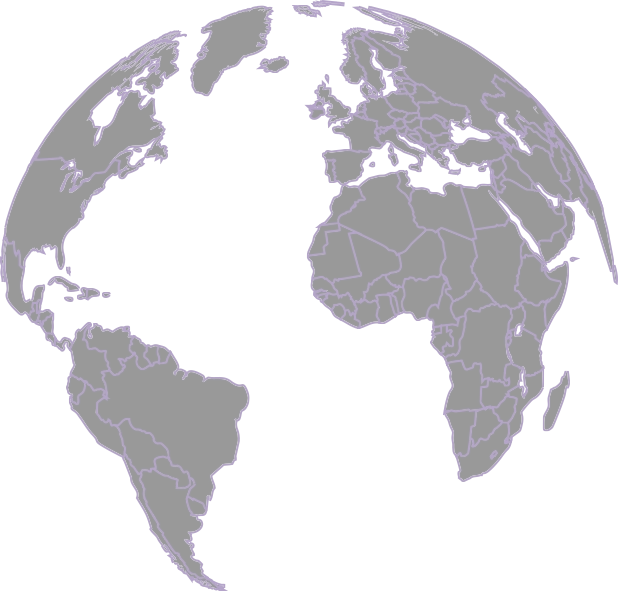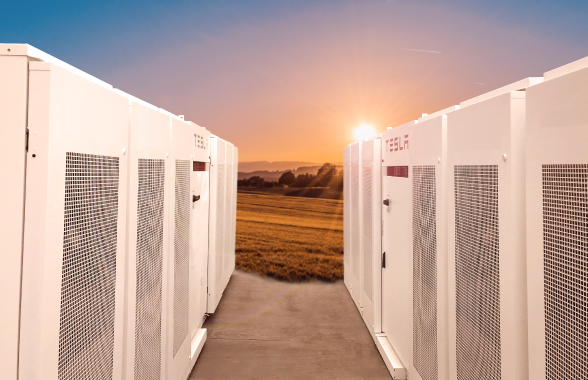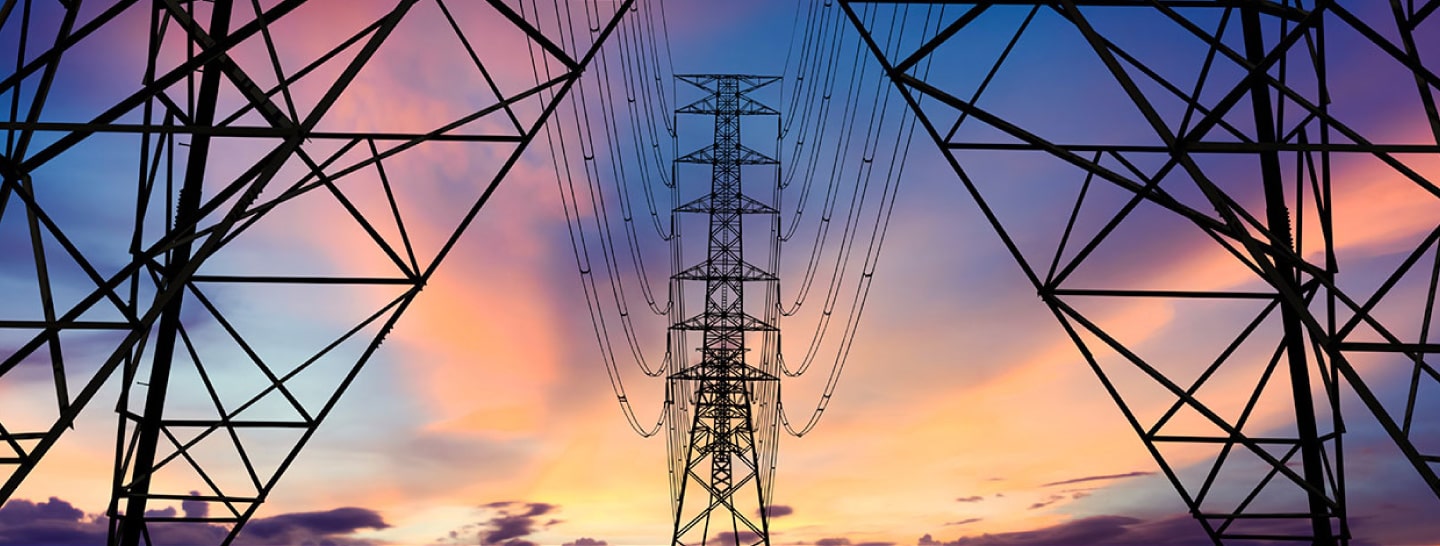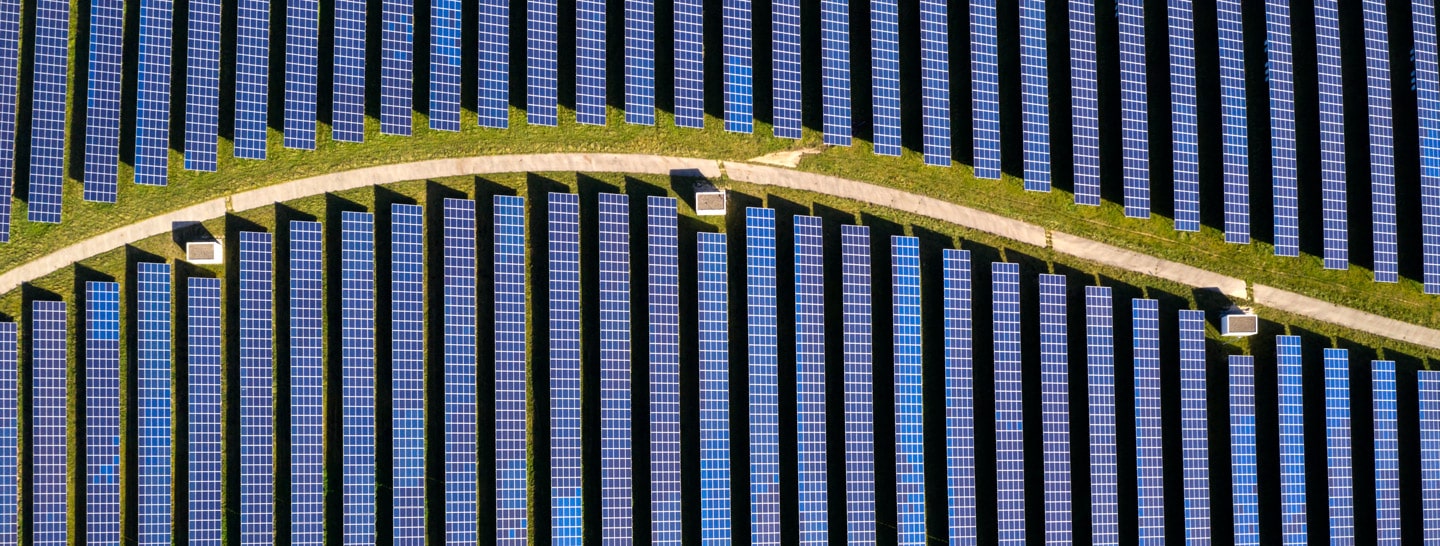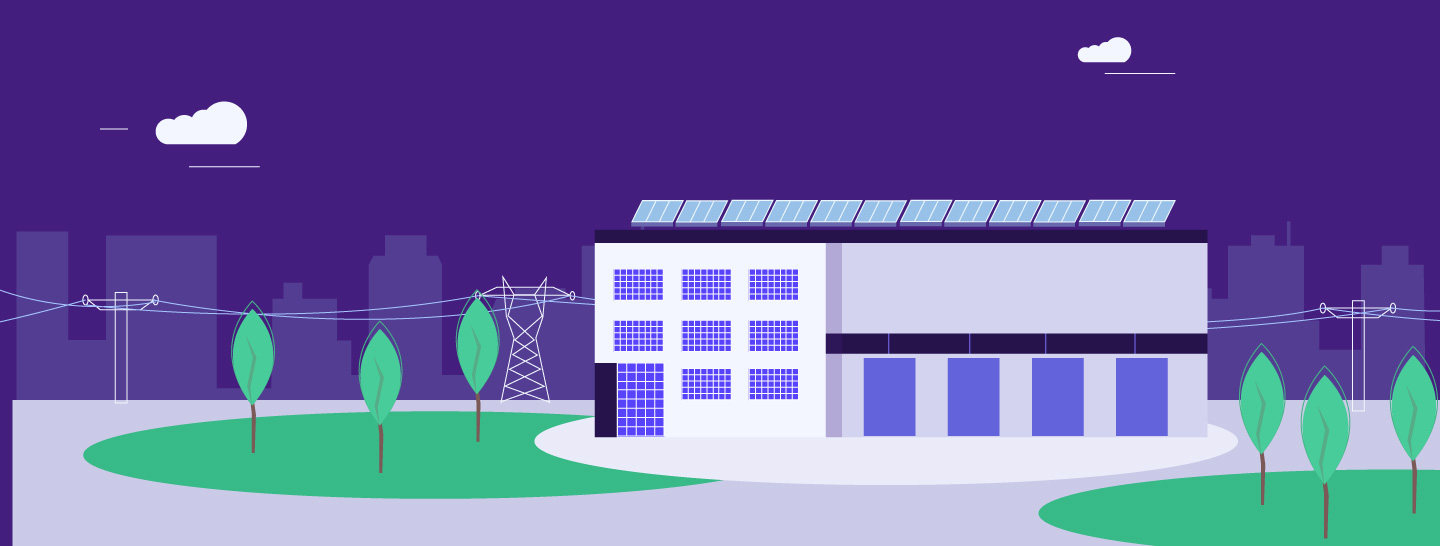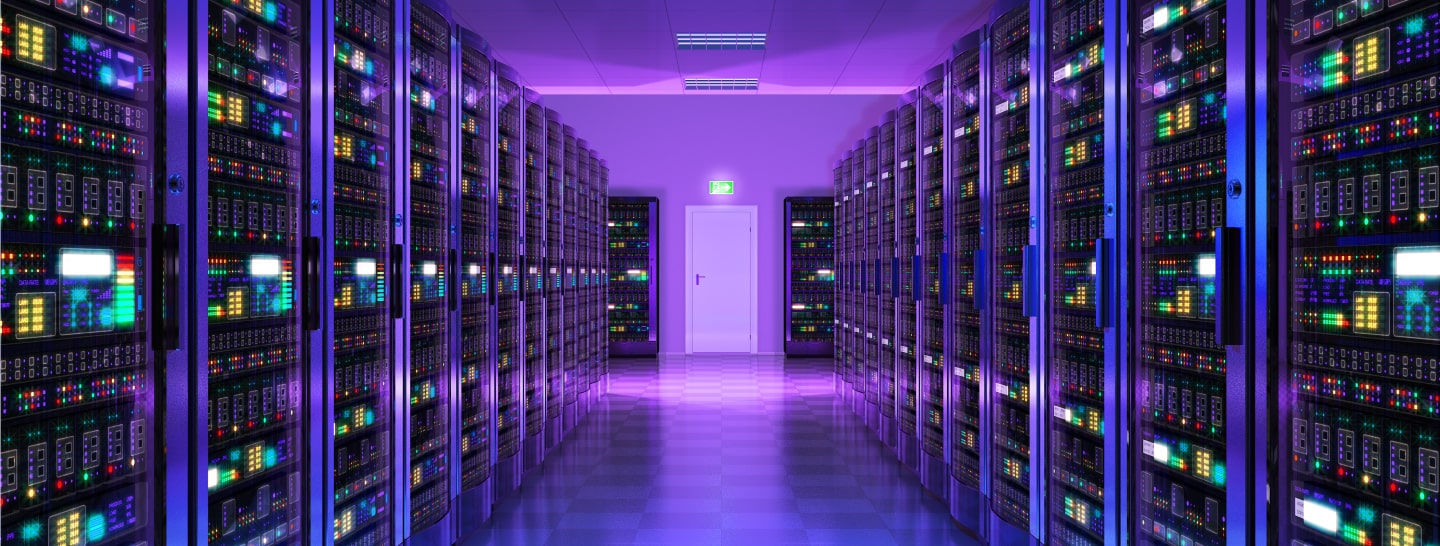
Given their mission-critical role in today’s economy, the data centers that make cloud computing possible often invest in their own energy generation and storage assets. Enel X provides solutions that put these assets to work for the stability of the electricity grid, while offering new streams of revenue to data centers and enabling them to contribute to carbon emissions reduction targets.
The challenge of grid flexibility
The current geopolitical situation, which creates uncertainty about energy security and price fluctuations, comes at a time when electricity systems around the world already face serious challenges.
In recent years, to achieve decarbonization targets and improving economics, many countries are shifting the electricity production to renewable energy sources. Since renewable energy is intermittent, and energy must be consumed close to the time it is produced, this shift increases the volatility of energy supply flowing through the electricity grid – which needs to stay perfectly balanced in terms of energy supply and demand in order to function and avoid blackouts.
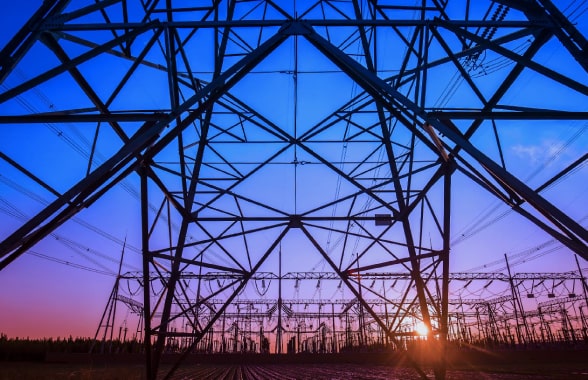
In this scenario, flexibility both in terms of generation and consumption becomes crucial, and increasingly valuable, because it enables energy providers to maintain grid equilibrium without resorting to “peak load” power plants that use fossil fuels. At the same time, energy demand is growing. Data centers, which house the massive servers needed for cloud computing, have invested in uninterruptible power supplies (UPS) as part of the back-up power supply resources needed to ensure service continuity and to meet sustainability targets. These UPSs, when combined with backup generators and battery storage, can dynamically alleviate strain on the grid system, so that data centers help grid operators achieve the balance needed to function properly in real-time.
Providing a solution with grid-interactive systems

Enel X has found a way to allow data center operators to make their UPS systems interact directly with the grid, helping to maintain system stability in real-time. These battery assets are part of Enel X’s portfolio of flexible, dynamically controlled resources offered to the electricity system operator to help the grid maintain its optimal supply-demand balance in exchange for revenues for the data center customers. Known as Demand Response, this is a service that industrial and commercial consumers of electricity can take part in to help the grid prevent unexpected fluctuations in the system from having an impact on the grid. Enel X can link large power consumers like data centers with others to form a Virtual Power Plant (VPP), or a system that integrates power from several different sources.
A VPP, which consists of distributed energy resources working in harmony, can substitute a traditional power plant. Additionally, Enel X helps data centers find a Demand Response strategy that mitigates the risk of service interruption by using its energy management intelligence and service expertise to provide a win-win for both the data center customer and the electricity system operator.
How data centers can benefit
Through Enel X support in adopting a more flexible energy use strategy, data centers can:
- Comply with standards and achieve operational continuity
- Contribute to the stability of the network and support the community, becoming a good “citizen of the grid”
- Transform some of their electricity costs into revenue sources, using existing infrastructure and without significant additional capital expenditure
- Achieve more effective everyday energy management strategies through awareness of potential energy savings/optimizations
- Help reduce carbon emissions by providing the flexibility needed in order to eliminate fossil-fuel fired power plants needed during “peak load” moments to maintain grid stability.
Enel X: expanding the solutions for data centers
Data centers can take part in VPP programs and provide grid services to electricity systems without having to make large investments. They can use their existing energy generation and storage assets to participate, modulating their power consumption when requested while at the same time generating new revenues and continuing to guarantee a steady supply of electricity for their own operations. Enel X currently works with several data centers, including in Ireland, North America, Australia, South Korea and Japan. The challenge for the future is to roll out these solutions to other countries. Electricity grids around the world work on the same principles.
Given the successful track record, Enel X can help data centers located elsewhere to more dynamically use their flexible assets. Overall, this will contribute to reducing harmful carbon emissions currently produced by fossil-fuelled plants when grid operators need to cope with lulls in renewable output or unexpected changes in supply or generation from conventional resources – thereby easing the transition to renewables. By contributing to the stability of the grid network, data centers with flexibility support the community, becoming good “grid citizens” without disrupting services to their own customers.
